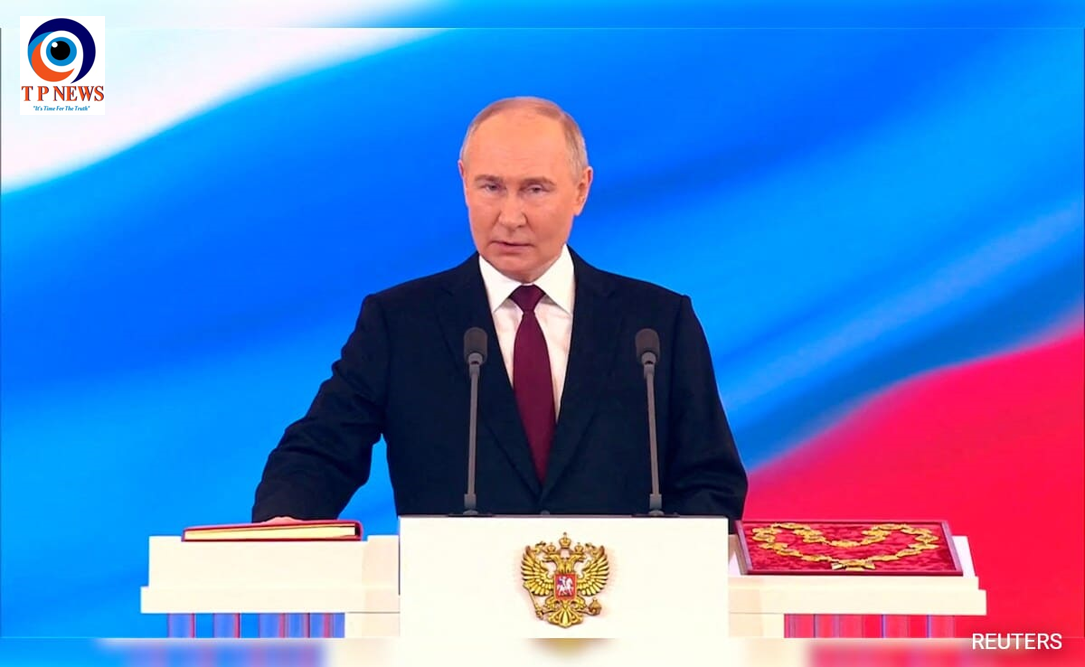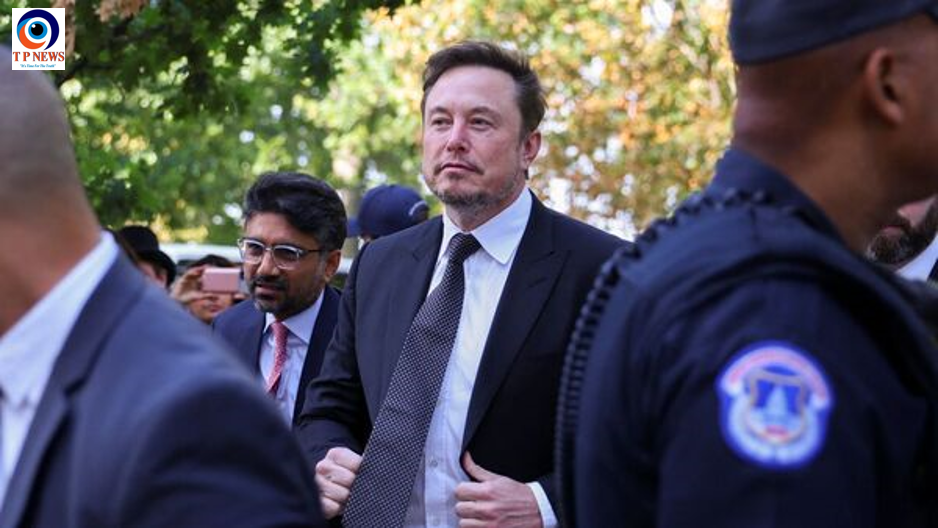In a dramatic turn of events, Bashar al-Assad, Syria’s long-standing leader, fled to Moscow earlier this month following a stunning rebel advance that ended five decades of Assad family rule. The collapse of Assad’s regime, marked by years of civil war and widespread allegations of human rights abuses, has brought the region into the global spotlight.
However, Russian President Vladimir Putin has dismissed suggestions that Assad’s downfall signals a defeat for Russia. Speaking at his annual end-of-year press conference, Putin firmly stated that Moscow’s intervention in Syria had achieved its primary objectives.
Russia’s Mission in Syria
Putin reflected on Russia’s decade-long involvement in Syria, emphasizing that their core goal was to prevent the establishment of a terrorist stronghold akin to Afghanistan. “On the whole, we have achieved our goal,” he asserted, countering claims that Assad’s departure represents a setback for Moscow.
Russia had been a staunch ally of Assad, intervening militarily in 2015 and altering the course of the conflict. Despite Assad’s recent fall, Putin reiterated that Russia’s role was never about propping up individual leaders but about ensuring stability and combating terrorism in the region.
Moscow’s Strategic Interests
The situation has also reignited discussions about Russia’s military foothold in Syria. The Kremlin maintains two critical military bases in the country: the Tartus naval base and the Hmeimim air base. These bases are pivotal for Russia’s strategic operations in Africa and the Middle East.
Putin highlighted the widespread regional support for maintaining these outposts. “An overwhelming majority of [regional actors] say they are interested in our military bases staying there,” he revealed.
Engagement with Assad
Though Assad has sought refuge in Moscow, Putin disclosed that he had not yet met with the former Syrian leader but intended to do so soon. This meeting is expected to address Syria’s future and Moscow’s ongoing role in the region.
In a surprising development, Putin also mentioned that Russia had facilitated the evacuation of 4,000 Iranian soldiers from Syria at Tehran’s request, further underscoring Moscow’s influence and diplomacy in the conflict-ridden region.
A Calculated Perspective
For the Kremlin, Syria has always represented more than just a battlefield. It has been a stage to demonstrate Russia’s geopolitical strength, challenge Western dominance, and solidify its presence in the Middle East. Despite Assad’s fall, Moscow appears focused on securing its strategic gains rather than dwelling on the regime change.
While Assad’s departure signals the end of an era for Syria, Russia’s influence in the region remains robust. By reframing its involvement as a mission to prevent terrorism and stabilize the area, Moscow seeks to underscore its accomplishments rather than its losses.
The coming weeks will likely shed light on how Putin’s government maneuvers through this transitional phase, ensuring its foothold in Syria while navigating the broader geopolitical implications of Assad’s fall.












